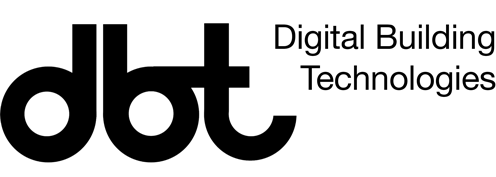2025
Geological Microbial Formations
19th International Architecture Exhibition of La Biennale di Venezia curated by Carlo Ratti. Intelligens. Natural. Artificial, Arsenale Exhibition: Matter Makes Sense Geological Microbial Formations explores biocementation as a radical approach to transforming construction waste into architectural materials. At the center of the installation, a robotic arm performs a continuous layering process using sand, microbial cultures, […]































